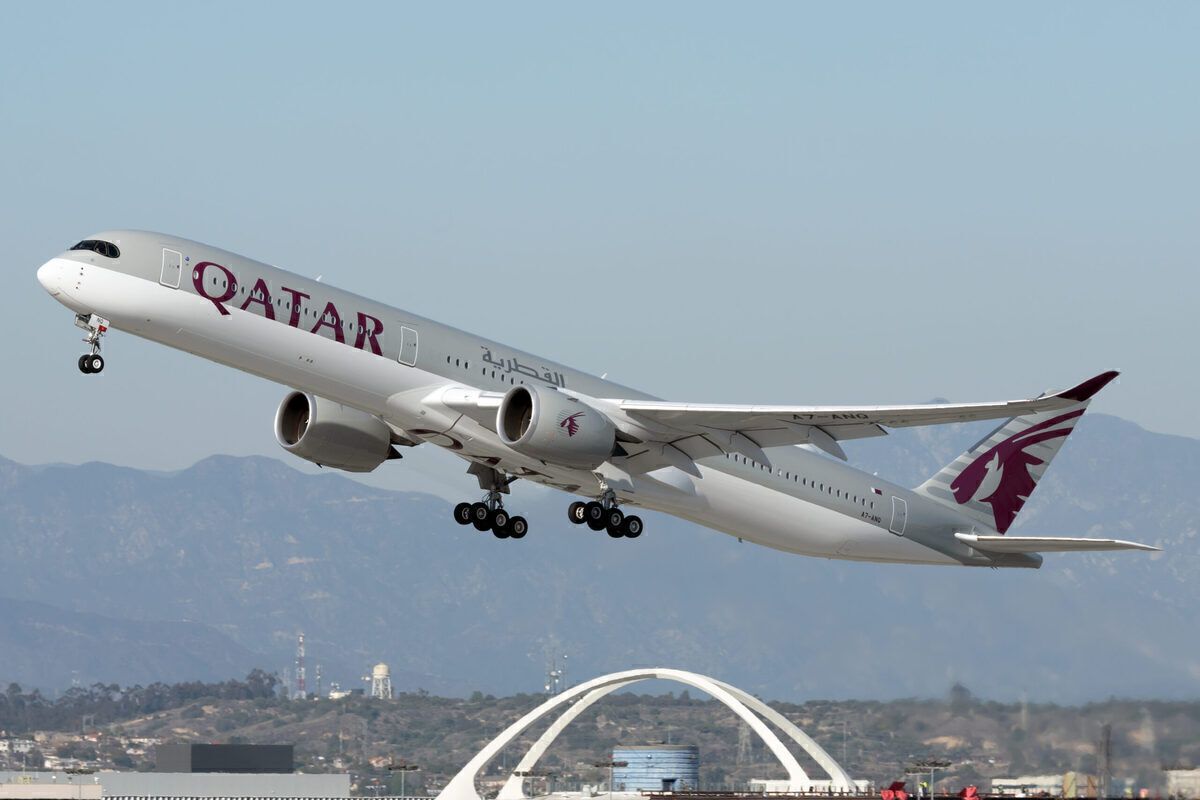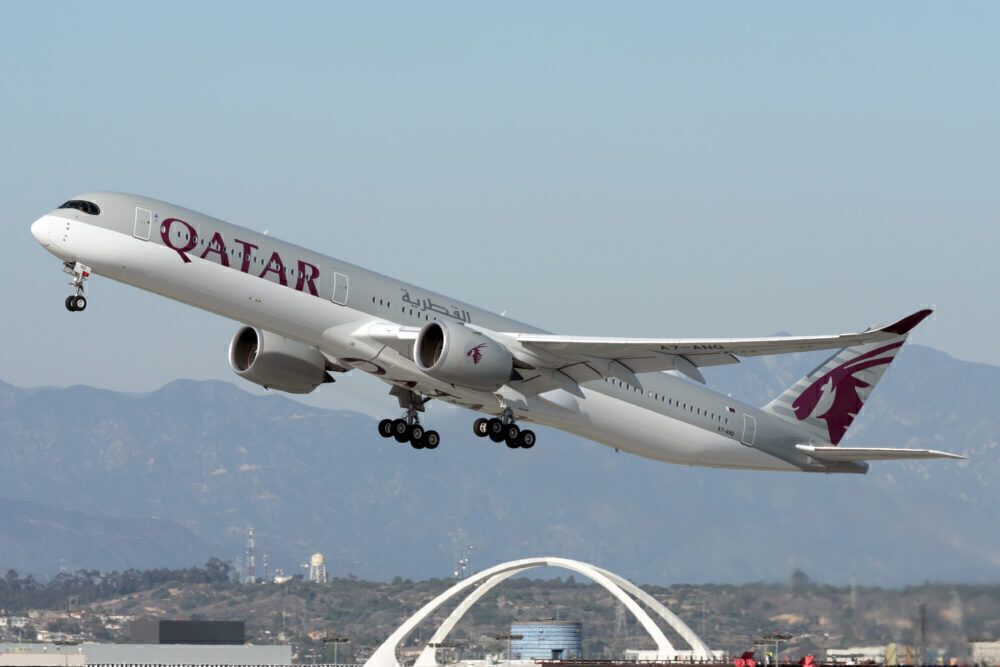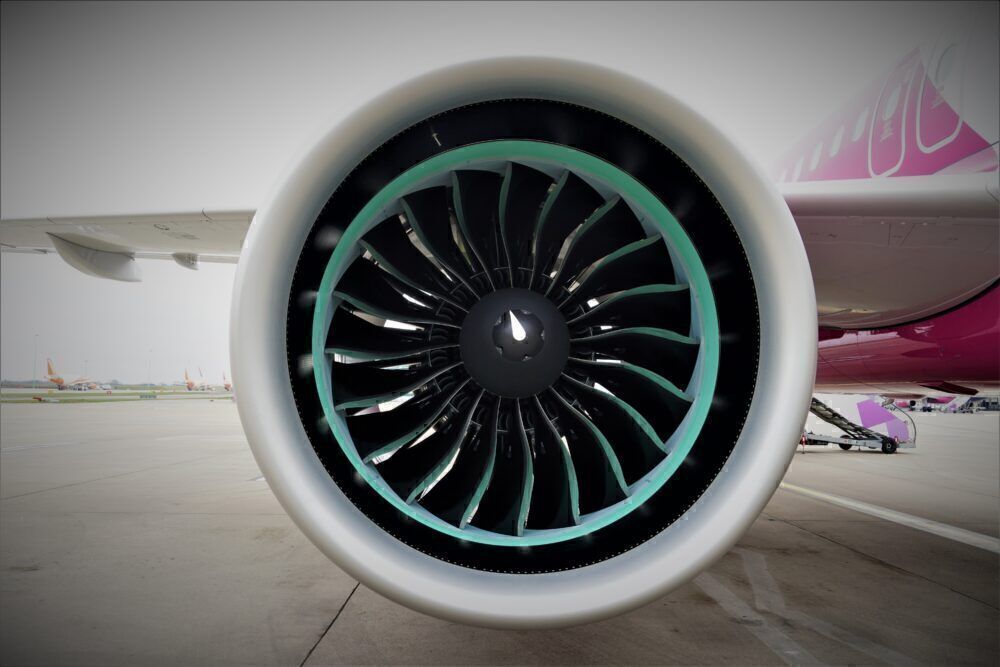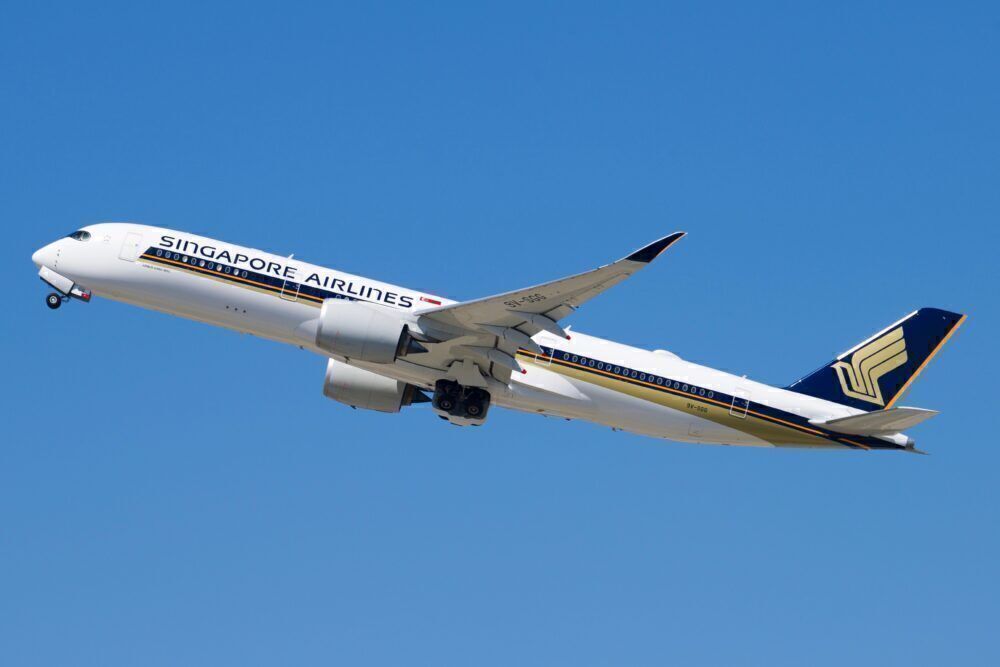It's the nightmare scenario that those who fear flying all dread. One of the engines on a jetliner completely malfunctions. This is definitely not a scenario that anyone would choose, but is there any need to worry unduly in this situation?
The short answer to this question is... definitely not! Twin-engined aircraft can function perfectly adequately on one engine, both landing and taking off without difficulty. In fact, most airlines and pilots wouldn't even view losing an engine during flight as a particularly serious problem, with all personnel onboard an aircraft trained extensively in order to deal with it.
Stay informed: Sign up for our daily and weekly aviation news digests.
Aviation rules
Pilots are taught to follow basic aviation rules, regardless of the severity of any particular incident. There are various protocols in place to ensure that pilots know how to react when an engine fails, depending on the engine's state, which means that an engine outage should very rarely be considered a serious problem. It will even be possible to restart the engine in many cases, and passengers onboard may never even realize that there has been a problem.
It should also be noted that the chances of engine failure in the first place are pretty slim. Safety statistics indicate that this is literally a one-in-a-million scenario, and most pilots will only ever experience an engine failure during the simulation phase of their training.
But how far can an aircraft expect to fly with a single engine?
ETOPS ratings
All twin-engine aircraft are assigned what is known as an extended twin-engine operations rating, or ETOPS for short. This designates the amount of time that a particular aircraft is certified to fly while one engine is non-functional. The higher the ETOPS rating, the longer it can be expected to last.
To deal with some of the most well-known aircraft out there, the highly-rated Boeing 787 Dreamliner has an ETOPS rating of 330 minutes, while the Airbus A350-900 has an even longer ETOPS rating of 370 minutes.
With this latter rating being over six hours, Airbus states that this enables the A350 to clock up an impressive 4,630 kilometers on a single engine, meaning that it could fly from anywhere to anywhere, and never be more than that distance away from the nearest commercial airport.
Four-engine aircraft are even safer. For example, a four-engine British Airways Boeing 747-400 lost an engine over the United States while traveling to the UK some years ago. But this posed no difficulties at all; the jetliner simply continued on its course and arrived in the UK without any difficulty.
Outage consequences
There are consequences of losing an engine, though. Losing 50% of an aircraft's power will have an influence over altitude, meaning that aircraft will have to resort to an intermediate altitude for the duration of the remainder of the flight. It can also be slightly trickier to land the plane, although all pilots are extensively trained to deal with this.
Overall, while an engine outage can be potentially alarming for those onboard, modern airline technology ensures that it should never cause anything other than a mild inconvenience.




